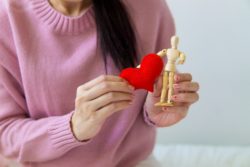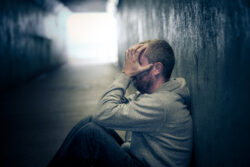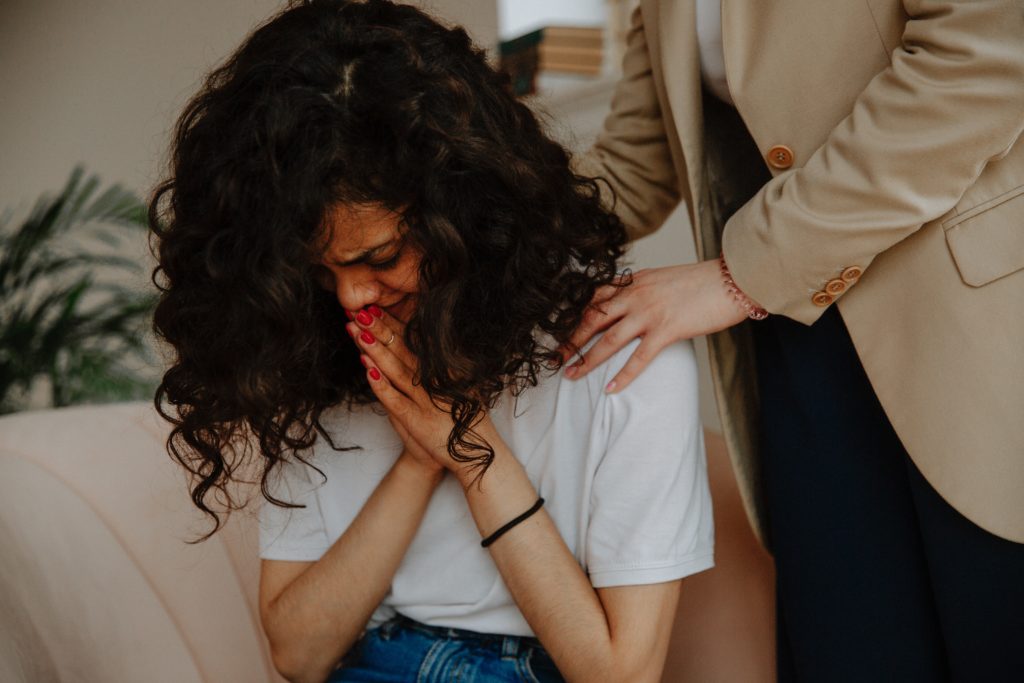Non-Suicidal Self-Injury

Perhaps the first public figure to talk about self-injury was Princess Diana of England. For Diana, self-injury and bulimia were connected to depression and the overwhelming pressure of being the most photographed person in the world and experiencing the pain of marital difficulties. In a 1996 interview, she explained “When no one listens to you, or you feel no one’s listening to you, all sorts of things start to happen. For instance, you have so much pain inside yourself that you try and hurt yourself on the outside because you want help, but it’s the wrong help you’re asking for. People see it as crying wolf or attention-seeking. But I was actually crying out because I wanted to get better in order to go forward and continue my duty and my role as wife, mother, Princess of Wales. So yes, I did inflict upon myself. I didn’t like myself; I was ashamed because I couldn’t cope with the pressures.”
Self-injury, also known as self-harm, self-mutilation or self-abuse, is often also further separated into suicidal self-injury and nonsuicidal self-injury. About 4% of our population self-injures in a non-suicidal form; however, it is most common among young people, with one study (Ross and Health, 2002) indicating that 14% of surveyed high school students had engaged in self-injury. While it is commonly thought that self-injury is a girls’ issue, the experience of self-injury is equally divided among both genders. Forms of self-injury include but are not limited to cutting, burning, picking a wound to interfere with healing, infecting oneself, inserting objects in one’s skin, bruising or breaking bones, hair pulling and punching/hitting oneself or other things.
Non-suicidal self-injury is understood to be a sign of severe psychological distress or of a mental health issue. Self-injury can be a response to emotional distress, depression, past or current abuse, and/or the inability to express feelings. The act of self-injury often acts as a release valve for overwhelming pressure the person is feeling, and it can sometimes also be done in hopes of changing the behavior of someone who has hurt or upset the self-injurer. While some self-injurers don’t want anyone to know about their behavior and keep it secret, others may be self-injuring in hopes that someone might help them with whatever is causing them to self-injure. The Cornell Research Program on Self Injurious Behavior in Adolescents and Young Adults has conducted a study that does indicate that every person interviewed who was hiding self-injury and, thanks to the intervention of a concerned peer, received help from an adult became ultimately glad that his/her secret was revealed.
People who self-injure risk becoming addicted to self-injuring. Because self-injurers often hurt themselves in private, those of us who want to help need to be able to recognize warning signs. We should not ignore warning signs, as the risk to suicide or continued self-injury is great. Cut or burn marks (including scars) on arms, legs, abdomen, feet, etc.; cutting instruments, e.g., razors, knives, pins/needles, friends or peers are cutting themselves, wearing long pants and long-sleeve shirts consistently (even in warmer weather), blood stains on clothing, and regularly seeking isolation and privacy when emotionally distraught or depressed are all warning signs discussed in the New Mexico State University helpful two-page publication for parents, Adolescents and Self-Cutting.
Self-injury should be taken seriously, and addressing self-injury should be handled with care. S.A.F.E. Alternatives (Self Abuse Finally Ends) has helpful information on its website (www.selfinjury.com) about how to respond– and how NOT to respond– when we are concerned that someone is self-injuring. Don’t display anger or agitation, tell them to “just stop it”, assume it is just a phase or a tactic for getting attention or punish the self-injurer. Ask directly about suicidal thoughts or intentions, consider if medical or emergency care is needed, and be prepared to talk about options in getting professional counseling or treatment to understand why the self-injury is happening and to work toward ending the self-injury.
Barbara J. King and her daughter Sara, now 18, have recently shared some of their insights on their individual and family experience with Sara’s self-injury, treatment, and successful recovery. Prior to opening this link, please be aware that some of the information about Sara’s self-injurious behavior is graphic and may be a trigger for some folks. Their story appears at npr.org.
A helpful resource for support in understanding self-injury and other behavioral health issues impacting teens and young adults is found at To Write Love on Her Arms.
For more information about Pyramid Healthcare’s range of behavioral health services, contact us if in Maryland at (301) 997-1300.







